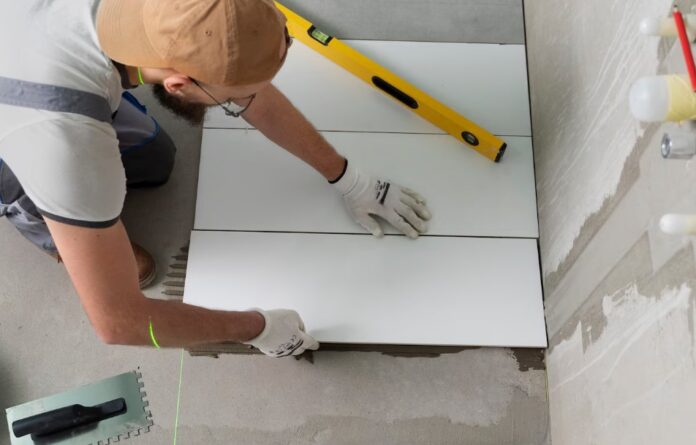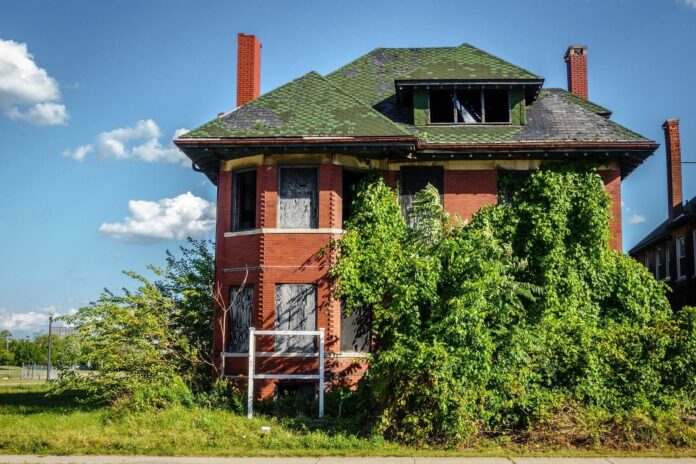People often focus on granite countertops and manicured lawns when evaluating home value. Yet, subtler issues often make a bigger difference. Price tags reflect both visible details and hidden conditions.
Buyers and appraisers consider more than what immediately meets the eye. Structural integrity, legal compliance, and even neighborhood conditions factor into perception and price. Homeowners who want to retain or increase property value must think broadly.
Expect to learn about frequently overlooked details that reduce property value and strategies to address them.
To learn more about protecting long-term home value, read more.
Now let us talk about the things that impact the property value people often forget.
Deferred Maintenance

Small problems often hint at larger ones. A leaking faucet may not seem serious at first glance, but it introduces moisture that breeds mold, attracts pests, and damages cabinetry. Water doesn’t ask permission before seeping into floorboards or baseboards. It quietly spreads, causing thousands in future repairs.
Damaged roof shingles, left unattended, invite leaks into insulation, ceilings, and even electrical systems.
Old HVAC systems do more than struggle with efficiency. They signal aging infrastructure that will likely fail under stress.
Buyers know this. Appraisers know it, too. Even if the house looks good on the surface, mechanical shortcomings drive assumptions about overall neglect.
Deferred maintenance sends a loud message: the house hasn’t been loved or cared for. Cracked grout, sagging gutters, squeaky doors, or even inconsistent caulking, these things matter. Each one chips away at perceived value. Even if buyers don’t immediately recognize the issue, inspectors and agents certainly will.
Keeping a home in shape isn’t just about saving face at showings. Routine upkeep prevents major repairs and improves living conditions long before a sale happens. Healthy Home Maintenance checklists offer a solid plan to follow.
Staying consistent builds long-term equity. Spot fixes may mask flaws temporarily, but steady maintenance builds value over time.
Poor DIY or Unpermitted Renovations

Not all home improvements add value. Some subtract it — especially when executed poorly or without proper authorization. A deck built without permits, for instance, might look fine but fall short of safety codes. That becomes a liability instead of a selling point.
Crooked tiles, uneven cabinetry, or misaligned walls scream unprofessional work. These flaws create immediate visual concerns, but they also trigger deeper questions.
If visible areas are botched, what might be hiding inside the walls? Were structural modifications done safely? Was plumbing rerouted without oversight?
Unpermitted changes can delay closings, force re-inspections, or even result in tear-down orders. Worse yet, insurance providers may deny claims related to unapproved additions or faulty electrical systems. That risk follows the property into its next ownership.
Buyers want assurance, not questions. Documentation builds that assurance. Legitimate work, backed by licensed professionals and local permits, eliminates doubt. A home with clear, traceable improvements sells faster and often for more. Renovations aren’t just about aesthetics — they’re about trust.
Outdated Features That Linger
Step into a kitchen with linoleum flooring and a harvest-gold refrigerator, and suddenly it feels like a time capsule. Outdated features drag emotional momentum to a halt. Buyers often react emotionally before logically, and that reaction can be brutal.
Pink bathrooms, popcorn ceilings, and textured wall finishes all contribute to the perception of a dated home.
Even with pristine upkeep, outdated finishes can block imagination. Prospective buyers may struggle to visualize their own style in a space frozen in the past.
Functional obsolescence makes things worse. A bathroom without an exhaust fan, a kitchen without grounded outlets, or windows with single-pane glass scream inconvenience. Buyers start to mentally price out renovations. Those mental price tags rarely favor the seller.
Style matters, but so does relevance. Functionality, convenience, and energy efficiency are non-negotiable today.
Updating doesn’t require tearing down walls. Sometimes replacing old light fixtures, re-tiling a bathroom, or painting cabinets can bring a home out of the past and into contention.
External Eyesores and Odd Neighbors
Efforts spent on pristine landscaping and fresh paint get undercut fast by an adjacent mess. One neighboring yard filled with rusting tools or sagging lawn chairs can taint a buyer’s first impression.
Unkempt surroundings suggest poor neighborhood cohesion, and that reduces perceived value immediately.
Zombie homes — abandoned properties with peeling paint, broken windows, or boarded doors — cast long shadows. Buyers worry about safety, pest control, or falling property values.

And they’re right to worry. No matter how nice your home is, proximity to blight influences appraisals.
Loud neighbors or disruptive tenants add to the stress. If a buyer pulls up during a loud argument or steps out of a showing to barking dogs, that tension sticks. It’s difficult to imagine peaceful living in a chaotic environment.
Your property lives in a context. Surroundings affect desirability. Addressing external concerns directly can be difficult, but raising issues with HOAs or city departments, or even investing in privacy fencing, helps take back control.
Environmental and Structural Concerns
Mold behind walls or asbestos in old insulation doesn’t just pose health risks, it devalues a home fast. Visible water damage stains ceilings and undermines confidence.
Buyers begin to picture large, costly repairs before ever writing an offer.
Smoky smells or long-term damage caused by indoor smoking leads to more than just odor concerns. Air quality matters. Dust, allergens, and outdated building materials form a cocktail of deterrents.
Addressing these issues before listing prevents future headaches. Small investments in testing and remediation translate into confidence and stronger offers.
Odor and Air Quality

No amount of fresh paint covers up the smell of cat urine or mildew. Scent influences buyers more than staging ever could. A spotless kitchen loses its impact when paired with the smell of last night’s fish fry.
Odors tell a silent story about how a home has been treated. Smoke residue, mold spores, and pet accidents are among the most stubborn issues to correct.
Professional deodorizing and deep cleaning pay off. Investing in odor control isn’t just courteous, it’s financially smart.
Summary
Neglect, poor choices, and environmental factors often eat away at value before anyone notices. Owners focused solely on aesthetics miss the subtler elements that appraisers and buyers use to form opinions.
Tackling hidden issues proactively creates better returns. Pre-listing inspections reveal what needs attention before buyers ever walk through the door. Smart updates and small investments prevent last-minute surprises. Maintaining property value goes well beyond paint colors and lawn gnomes.







